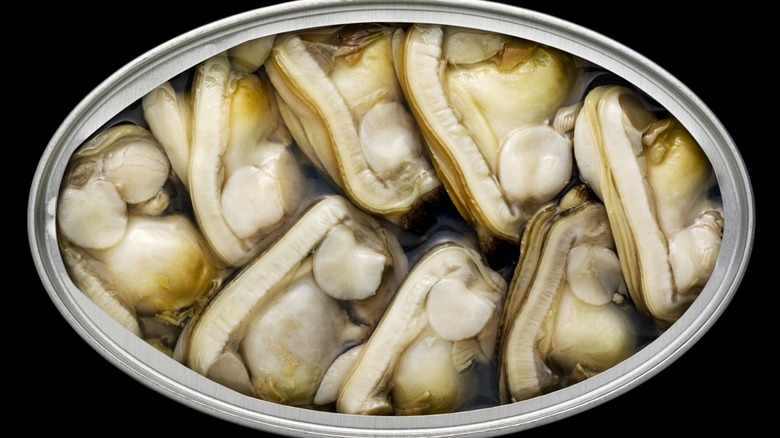Do You Need To Rinse Canned Clams?
Canned clams are a convenient pantry staple for seafood enthusiasts and busy cooks alike. They're already shelled, cooked, and ready to go. However, when it comes to preparing them, the question of whether or not to rinse them before use often arises. The answer largely depends on the intended use of the clams and their salt content. For many recipes, rinsing canned clams isn't de rigueur but helps prevent unforeseen flavors from being present in the final dish.
If the clams are particularly salty, a quick rinse under cold water can help to reduce the saltiness, preventing the dish from becoming overly seasoned. This is especially important when adding canned clams to recipes with other salty ingredients, such as bacon or cheese. Rinsing allows for better control over the overall salinity of the dish, ensuring a more balanced flavor profile. However, not all canned clams are excessively salty.
Some brands offer clams packed in natural juices with minimal added salt. In such cases, rinsing may not be necessary at all, as the clams already have a balanced flavor. Instead, cooks can simply drain the clams from their liquid and incorporate them directly into their recipes. Or, for recipes like clam chowder where maximum clam flavor is desired, the clam juice can be added along with the meat.
Shopping for canned clams
When shopping for canned clams, it's essential to read the labels carefully to ensure that you're getting a high-quality product. Look for cans that contain only clams, clam juice, and salt. Avoid products with added preservatives, artificial flavors, or excessive sodium. Opting for clams packed in their natural juices without added preservatives ensures a fresher, more authentic flavor.
Depending on how extensive your search for canned clams is — they're readily available near the canned tuna and salmon in most supermarkets — or the depth of the selection at your local store, you may notice both chopped and whole clams. While both are quality choices for a variety of recipes, you may find that whole clams are a bit more delicate in texture and sweeter in flavor. If this is desired, you can swap them out for the chopped clams in your recipe or even chop them yourself.
Additionally, consider the origin of the clams. Most U.S. varieties are Atlantic surf clams, but if you seek them out, you may be able to find canned or jarred European imports from Italy, Spain, and other countries. Sustainable seafood farming and harvesting practices are vital for protecting marine ecosystems and ensuring the long-term availability of seafood. Look for brands that prioritize sustainability and environmentally friendly harvesting methods, like off-bottom farming.

